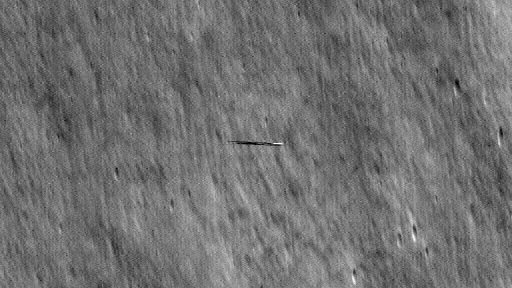Embryonic stem cells that play a critical role in determining our facial features during development can be hindered from growing when placed under increased pressure.
An international team of researchers took a look at the growth of mouse and frog embryos, as well as human embryoids (clusters of embryonic cells developed in the lab) to better understand how some cells tell others how to grow and differentiate.
They noticed that when an increase in hydrostatic pressure was applied externally to the embryo or embryoid, important cell signaling pathways in neural crest cells were disrupted.
The findings imply tissue development could be affected at crucial moments in an animal’s development, placing them at risk of craniofacial malformations. These abnormalities are thought to be caused by a mix of genetic and environmental factors, including nutrient supply.

“Our findings suggest that facial malformations could be influenced not only by genetics but by physical cues in the womb such as pressure,” says neurobiologist Roberto Mayor from University College London (UCL).
In what’s known as embryonic induction, cells are sent along different biological paths during development by chemical signals from other nearby tissues. Scientists know about some, but not all, of the triggers that determine how stem cells interpret these cues.
In particular, the analysis looked at a fluid-filled cavity called the blastocoel, close to where the neural crest develops. Pressure on the blastocoel was shown to decrease the activity of a protein called Yap, which in turn impairs a group of signaling molecules known as Wnt, which are responsible for telling the neural crest how to develop.
While the study didn’t investigate the causes of increased pressures inside the human uterus, the findings provide insight into mechanical influences on the embryo where most studies tend to focus on the influence of biochemical factors instead.
“When an organism is experiencing a change in pressure, all the cells – including the embryo inside the mother – are able to sense it,” says Mayor.
The research gives scientists an important step forward in their understanding of how humans (and other vertebrates) form, right down to the individual molecules and signals involved in the earliest stages of development.
While it’s clear pressure can cause neural crest signaling to become less efficient, it remains to be seen how particular changes in the uterine environment might give rise to specific outcomes in a developing human child.
“Our work shows that embryos are sensitive to pressure, but we do not know how sensitive they are,” says Mayor. “For instance, will a change in the pressure inside the uterus be able to affect the embryo?”
“This will require further research to understand how changes inside the body as well as in environmental pressure might influence human embryo development.”
The research has been published in Nature Cell Biology.










